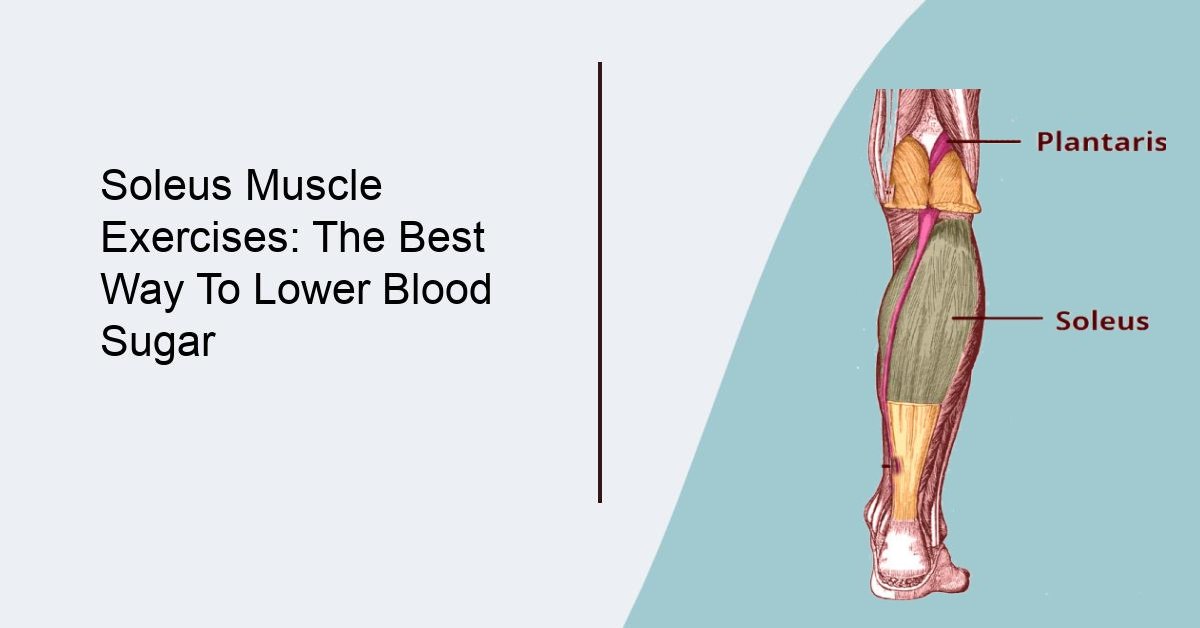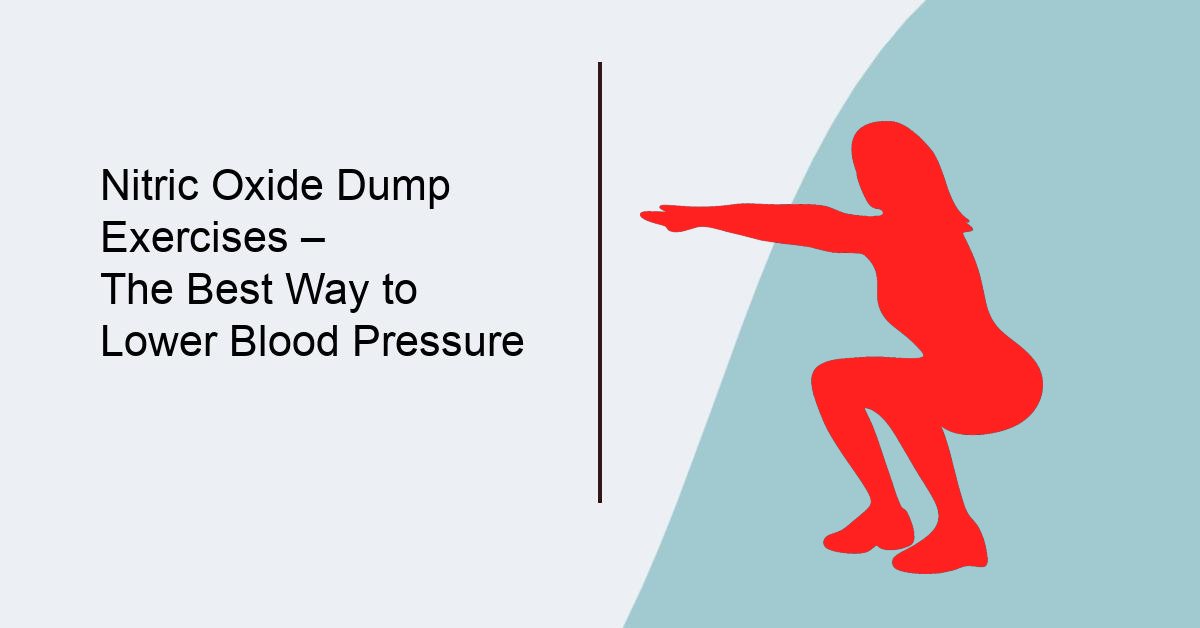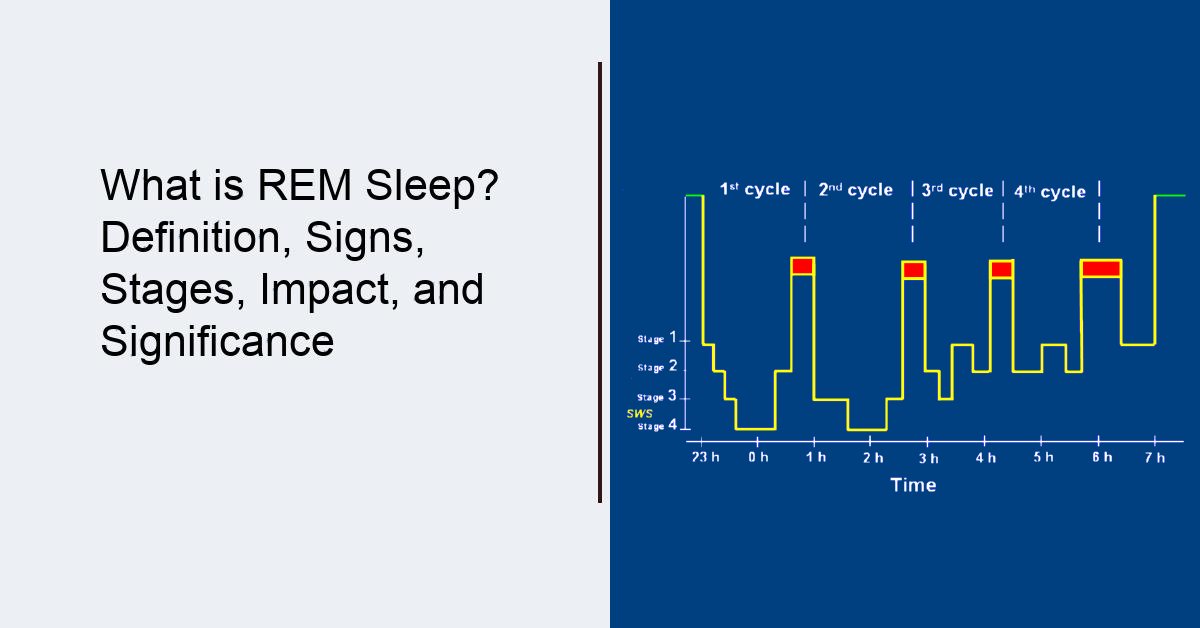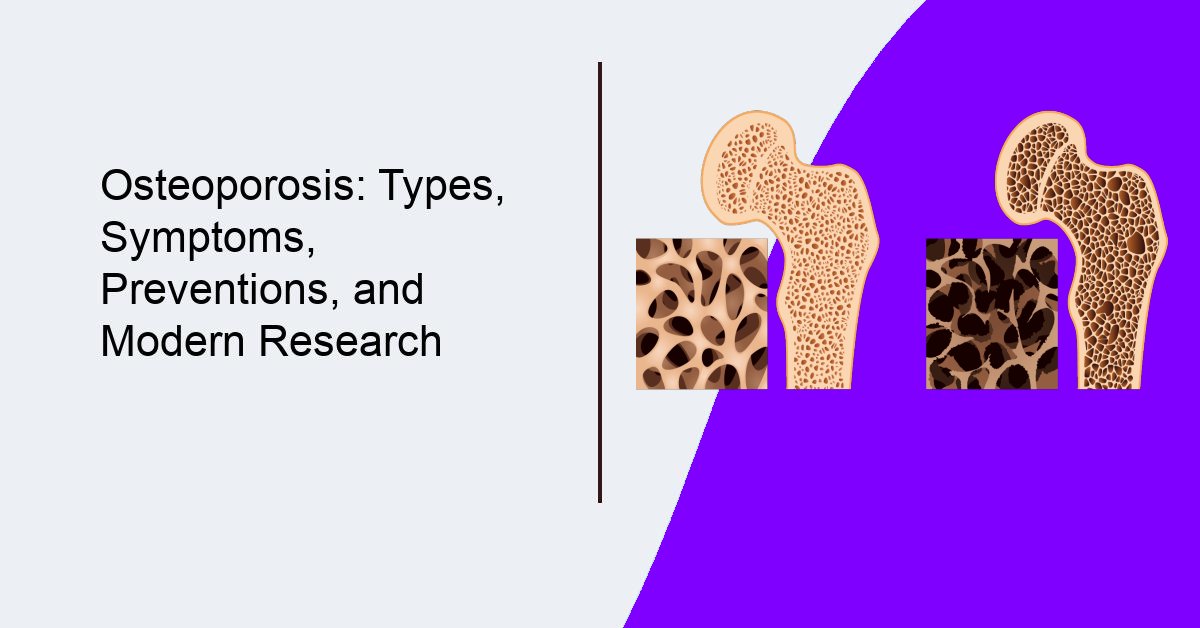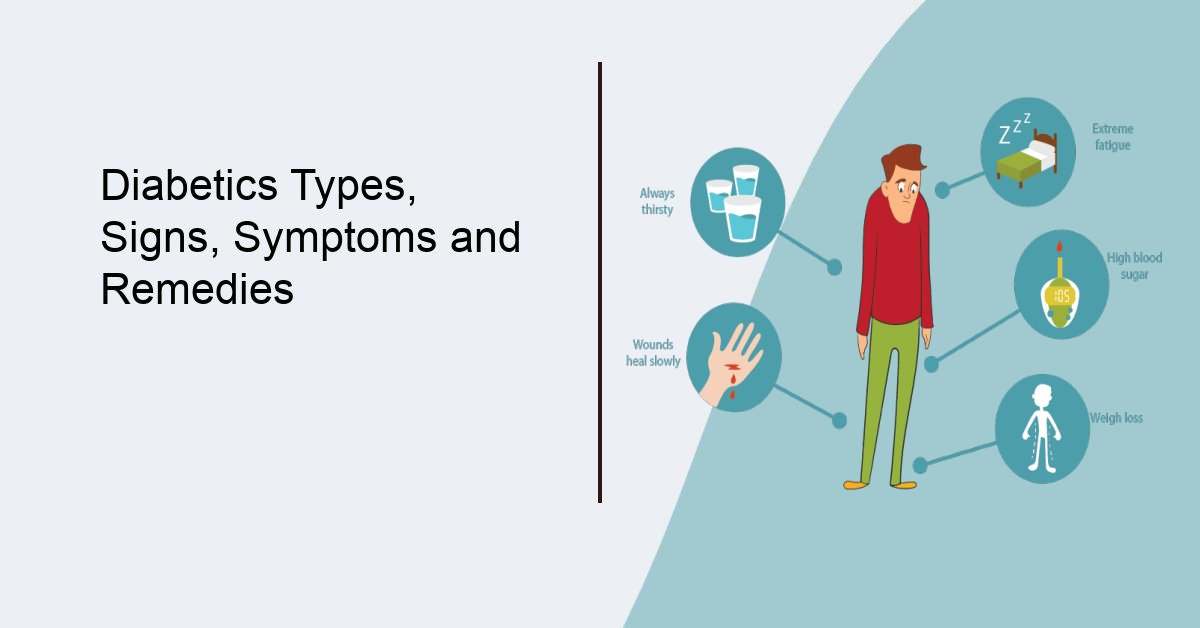Kidney stones are a common health problem affecting millions of people worldwide. These hard mineral deposits can cause severe pain and discomfort in the back, side, and lower abdomen. Fortunately, dietary changes can help prevent the formation of kidney stones.
In this article, you will learn five key dietary guidelines that can help reduce your risk of developing kidney stones. By incorporating these guidelines into your daily routine, you can maintain good kidney health and avoid the pain and discomfort associated with kidney stones.
What are Kidney stones?
Kidney stones are deposits of minerals and salts that form in the kidneys. Most commonly, kidney stones are composed primarily of calcium. Less frequently, they are made up of uric acid (a normal by-product in the urine) or cystine (an amino acid) or are associated with urinary tract infections (struvite kidney stones)[1].
Smaller stones may pass out of the body on their own, without causing symptoms. However, larger stones can become lodged in the urinary tract, leading to blockage and the characteristic symptoms of symptomatic kidney stones.
Symptoms of Kidney Stones
Symptomatic kidney stones are stones that cause noticeable symptoms, such as severe pain in the side or back, nausea, vomiting, and blood in the urine. Other symptoms of symptomatic kidney stones include blood in the urine, painful urination, increased frequency of urination, fever and chills.
These stones can occur anywhere in the urinary tract, including the kidneys, ureters, bladder, and urethra. The size of the stone, its location, and the severity of the blockage it causes can affect the symptoms experienced.
Prevention Strategies for kidney stones
Here we explain five key strategies for preventing kidney stones. In addition to these dietary strategies, it is important to maintain a healthy weight, exercise regularly, and avoid dehydration. If you have a history of kidney stones or are at risk of developing them, speak with your healthcare provider about a personalized prevention plan. By following these prevention strategies, you can reduce your risk of developing kidney stones and maintain good kidney health.
Drink plenty of water
Drinking enough water is the most crucial dietary measure for preventing kidney stones. Water helps flush out the kidneys, reducing the concentration of minerals that can form stones. Studies have shown that increasing water intake can significantly reduce the risk of kidney stone formation (Borghi et al., 1999).
The recommended daily water intake varies depending on age, sex, and activity level. However, a general guideline is to drink at least eight 8-ounce glasses of water per day.
Read more




